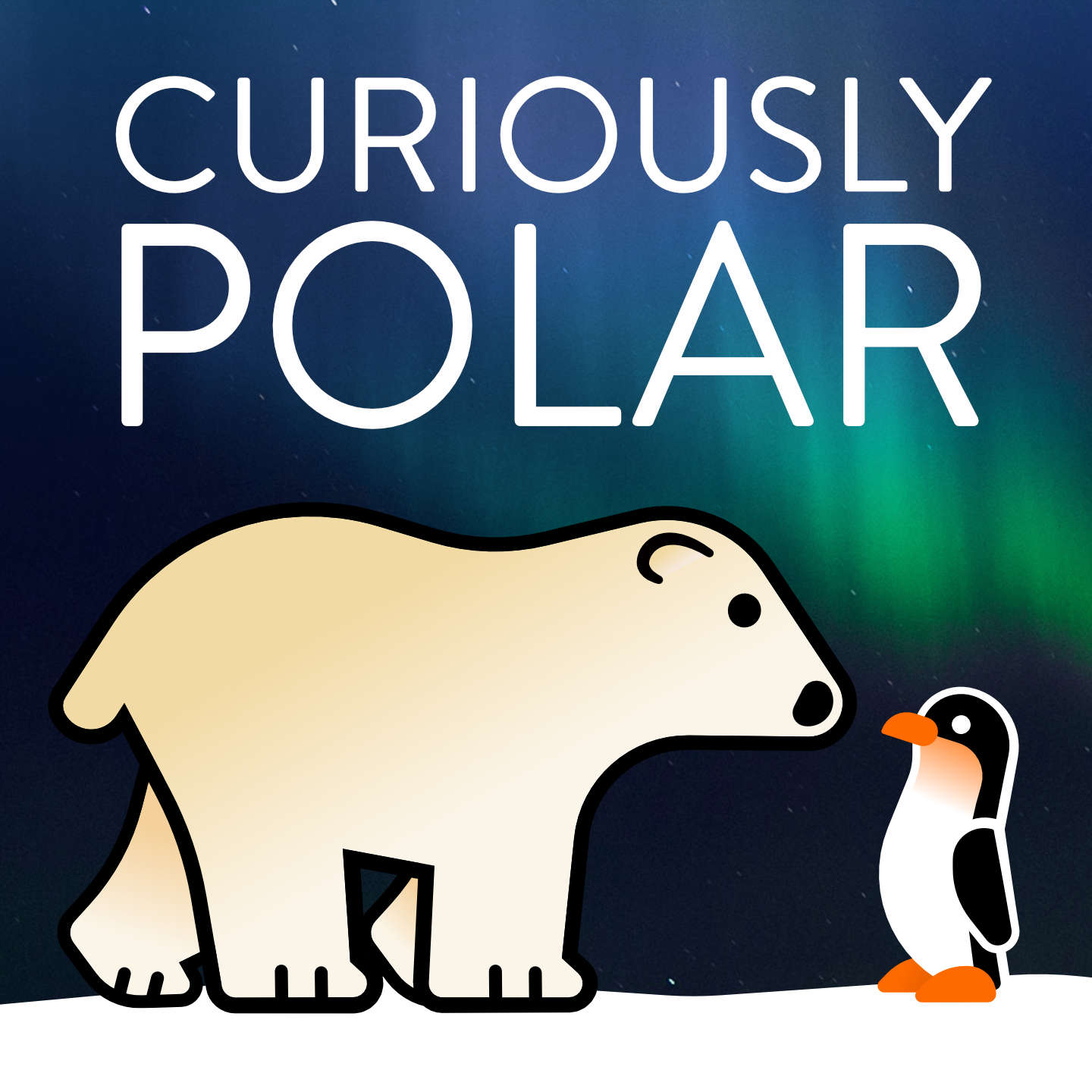168 Scramble for the North Pole
Notes
Transcription of this episode | Watch this on video | Buy us a coffee: Chris / Henry / Mario
showThis episode is a joint production of Curiously Polar and Polar Geopolitics. Joining today are Klaus Dodds, Professor for Geopolitics and Executive Dean for the School of Life Sciences and Environment at Royal Holloway, and Eric Paglia, postdoctoral researcher in the SPHERE project at KTH Royal Institute of Technology and producer and program host of the podcast Polar Geopolitics.
SCRAMBLE FOR THE NORTH POLE
Not only since 2007, when a submersible planted the Russian flag at the North Pole, the question of who owns the North Pole are a widespread topic discussed in several media outlets around the globe. With a large portion of its claim scientifically sound and confirmed by the Commission on the Limits of the Continental Shelf, a new scramble for the North Pole has set in. But where does this interest come from and what are the implications of it, particularly with the Russian war on Ukraine and the resulting political isolation of Russia on the world stage? How will the Arctic Council as intergovernmental forum for circumpolar cooperation develop in the future and how will the claims of different Arctic states effect the work in the Arctic Council? We discuss these and other questions together with Eric Paglia and our guest, Professor Klaus Dodds.
You can find Klaus Dodds’ latest book ‘Border Wars’ here and an overview over a selection of his other books here.
Please consider to check out Eric Paglia’s podcast Polar Geopolitics and send us your questions or feedback to todays episode.notes
This is an episode of the Curiously Polar podcast
with Chris Marquardt https://chrismarquardt.com/ Henry Páll Wulff: https://henrypall.com/ Mario Acquarone https://www.buymeacoffee.com/polarmario
Listen to all podcast episodes at https://curiouslypolar.com
All video episodes at https://tfttf.com/curiouslypolarvideo
Find us here: Web: https://curiouslypolar.com Twitter: https://twitter.com/curiouslypolar Instagram: https://instagram.com/curiouslypolar




